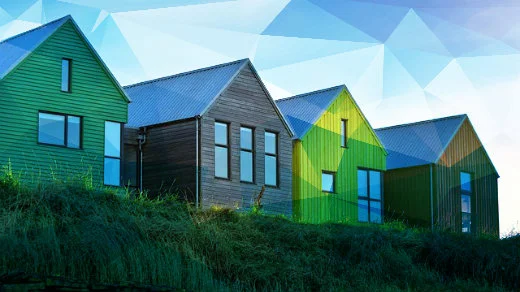There are (at least) two ways to look at the move to more green power generation: the supply side and the demand side. The supply side emphasizes a transition from fossil fuels to renewable energy and carbon-free energy. The demand side, however, looks at how to reduce energy use, preferably without hurting the current standard of living.
Imagine two salespeople who sell electricity for a utility company. They decide they don't want to promote or sell electricity use anymore because of its negative environmental and climate change impact. They retire and then decide they want to work together to assemble an Open Organization Community to reduce energy consumption in a way that does not adversely impact people's standard of living. Simply put, they want to consult and collaborate with energy users on reducing waste with the indirect goal of eliminating the use of fossil fuels as an energy source by 2050.
Since globally energy costs seem to be rising in the last few months, I've also been seeing an uptick in interest around better management of home energy use. I did a video recently about using Home Assistant, and mentioned one small example with my system announcing when the hot water is ready for use, thereby saving unnecessary power usage. There are so many other things that be done, and they all add up. Just like the extreme drought facing Cape Town resulted in water usage falling in Cape Town, we'll probably see the same with energy.
Not everyone can program Home Assistant dashboards (even though it is free and open to anyone to attempt to do so), so there will also be fresh opportunities for many to provide this type of service to businesses and homes.
But as I've said before, try and ensure that any system is still under your own control, so that you do not end up being locked out of your system, or locked into a provider. Stick to open standards based devices and software as a minimum requirement.
See
Saving home energy using open organization principles#
technology #
energy #
environment #
demandmanagement #
homeenergy 
The move to more green power generation requires making changes to demand by looking at how to reduce energy use, preferably without hurting the current standard of living.
